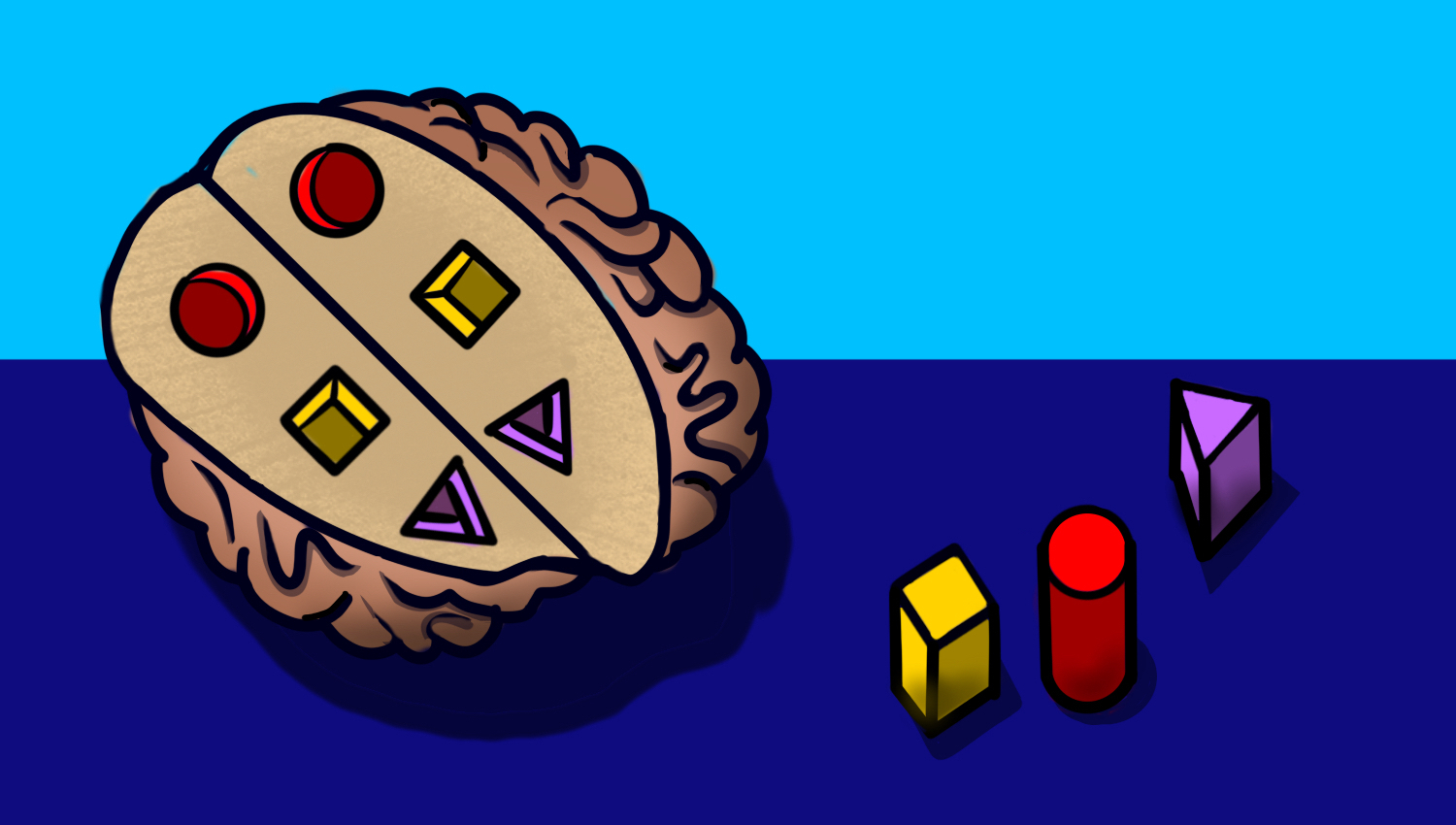Gaywallet (they/it)
I’m gay
- 38 Posts
- 53 Comments

 13·14 days ago
13·14 days agoVenus rhymes with a piece of anatomy often found on men. Obviously they got it backwards

 3·22 days ago
3·22 days agoLike most science press releases I’m not holding my breath

 6·22 days ago
6·22 days agoGame changer for smart watches if this turns out to work and scale well

 10·1 month ago
10·1 month agoHonestly I would argue we need to expand our definition of what a mental illness is, in order to help these folks get treatment before they go and shoot a bunch of people.
With that being said I think it’s important to call out this distinction for two major reasons. For one, it shines a light on the fact that someone having any mental illness does not mean they are going to go on a mass shooting. For two, it also shines a light on the fact that the people who do break in this way aren’t understood well - if they don’t classify neatly into the existing mental illnesses we have, we by definition do not have good research on the subject. Do patterns exist among this population of mass shooters that we can identify? Are there specific ways that they think which are maladjusted and can be corrected through existing education and mental health offerings? Might they belong to a larger group of illness which also includes other folks who are suffering in other ways, where studying this group might shed light on other folks who need help?

 2·2 months ago
2·2 months agoBut they do exist, and while it’s great to be optimistic about a future in which they don’t exist, it’s also counterproductive to advocate against a better future which is much more likely to exist.
How about, in addition to attempting to publish null results in existing journals, you also publish them in free online federated databases? Or better yet, work to establish a federated database which focuses on publishing null results to serve as a repository for articles which seem to struggle with getting published, so that scientists can draw upon it as a useful resource.

 4·2 months ago
4·2 months agoGreat thought process! Yes, fMRI imaging is very vulnerable to p-hacking, which is more or less what the dead fish paper is pointing out (even when properly calibrated, it’s a problem with how noisy the raw data is in the first place). By classifying broad patterns, however, you eliminate some of the noise that the dead fish paper is showing can be problematic by abstracting away from whether micro structures meet statistical probability for being activation and move that to the more macro. While the dead fish paper may have shown activity in specific areas, if you were then to look at activity across larger portions or the entire brain, you would detect no statistical difference with rest (or dead fish, in this case).
Furthermore, this study doesn’t stop there- it asks the question of whether these groupings tell us anything about these groups with regards to treatment. Each group is split up into subgroups based on treatment modality. These different treatments (therapy, drugs, etc.) are compared from group to group to see if any of these broad groupings by the fMRI machine make any kind of clinical sense. If the fMRI grouping was complete bogus and p-hacked, the treatment groups would show no difference between each other. This two step process ensures that bogus groups and groups which do not have any difference in clinical treatment outcomes are lost along the way via statistical rigor.

 7·2 months ago
7·2 months agoCompletely agreed, which is why it’s promising that they’re looking for patterns rather than specific areas of activation and they are pairing up findings with treatment and using statistics to see if certain treatment modalities work better for certain broad patterns.

 1·2 months ago
1·2 months agoThis is just a reminder to be nice on our instance - this could be read as hostile or not extending good faith to the other user.

 3·4 months ago
3·4 months agoMeganucleases can work in quite a few ways. Typically speaking cleaving describes a process in which a section of genome is removed (cutting in two places), but not always. The article doesn’t go into too much detail of the specifics of the meganucleases used in this study, but the literature they cite might.

 5·4 months ago
5·4 months agoI hate and love this. Thanks 💜

 8·5 months ago
8·5 months agoI wonder if eventually we could sidestep the use of bactiophages and instead manufacture the microscopic structures themselves as sunscreen.
There’s a good number of biological processes that are much simpler, cheaper, and require much less materials when the biological process is preserved. A good example of this is water cleaning/breaking down sewage with bacteria which give off methane which is also collected as fuel. Given that the main outcome here is sunscreen that doesn’t damage biology and it’s generally not that expensive to keep sustain life like this, it might make the most sense to simply leave it at production/farming of bacteriophages.

 6·5 months ago
6·5 months agoOf course, the data is not shown.
Link to journal article

 2·6 months ago
2·6 months agoI am in complete agreement. I am a data scientist in health care and over my career I’ve worked on very few ML/AI models, none of which were generative AI or LLM based. I’ve worked on so few because nine times out of ten I am arguing against the inclusion of ML/AI because there are better solutions involving simpler tech. I have serious concerns about ethics when it comes to automating just about anything in patient care, especially when it can effect population health or health equity. However, this was one of the only uses I’ve seen for a generative AI in healthcare where it showed actual promise for being useful, and wanted to share it.

 3·6 months ago
3·6 months agoI never said it was a mountain of evidence, I simply shared it because I thought it was an interesting study with plenty of useful information

 4·6 months ago
4·6 months agoLess than 20% of doctors using it doesn’t say anything about how those 20% of doctors used it. The fact 80% of doctors didn’t use it says a great deal about what the majority of doctors think about how appropriate it is to use for patient communication.
So to be clear, less than 20% used what the AI generated directly. There’s no stats on whether the clinicians copy/pasted parts of it, rewrote the same info but in different words, or otherwise corrected what was presented. The vast majority of clinicians said it was useful. I’d recommend checking out the open access article, it goes into a lot of this detail. I think they did a great job in terms of making sure it was a useful product before even piloting it. They also go into a lot of detail on the ethical framework they were using to evaluate how useful and ethical it was.

 3·6 months ago
3·6 months agoA potential problem at many places, I’m sure. But of all places, Stanford is one that’s likely to have less of this issue than others. Stanford has plenty of world renown doctors and when you’re world renown you get a lot more pay and a lot more leeway to work how you want to.

 4·6 months ago
4·6 months agoif doctors actually pay attention to what they’re sending out instead of using it as a “make patient go away” button.
Less than 20% of doctors used what the AI generated and instead wrote something themselves. It does not sound like any of these doctors were using it as a “make patient go away” button and they seem to be taking their messaging seriously if they rejected the vast majority of suggestions. However, importantly, their cognitive burden was decreased - indicating that the AI helped jump start their thoughts in the same way that someone handing you a draft novel makes writing a novel easier.

 10·6 months ago
10·6 months agoOne of the most promising uses of CRISPR that’s being investigated right now is it’s use to combat climate change by modifying plants to sequester carbon.

 5·6 months ago
5·6 months agoIf we ignore the costs, wouldn’t it be mostly a game of probabilities? If that’s the case it would be a matter of repeating the treatment often enough to reduce the probability of the virus returning to effectively 0.
Yes, but a game of probabilities can mean that the management of a chronic condition becomes easier. It takes a certain amount of time for HIV to activate into AIDS. Modern management of HIV is a daily medication where dosage has a lot to do with what state you catch HIV in. With something like this, even if we cannot completely remove HIV from the person’s system, we may be able to reverse it to a state where it can be managed by the existing immune system and eliminated/cured, or at the very least can reduce how much of the medication one needs to be taking to keep things in check.
To patients treatments like this might mean that in the future they may simply need to take a single pill or injection or undergo a minor procedure (such as an implant) much less often than once per day. This could greatly reduce the anxiety that one might experience around the question of whether they took their medication that day, or even remove the burden of having to refill/take a medication daily because it is instead an injection or procedure or implant.
We are, of course, a LONG way from this being possible as human application of CRISPR is extremely limited and extremely expensive (we’ve cured sickle cell anemia in several humans now, with costs of the procedure in the millions) at this point in time, but it’s also amazing that we’ve even done that given how new CRISPR is.















I appreciate your warning, and would like to echo it, from a safety perspective.
I would also like to point out that we should be approaching this, as every risk, from a harm reduction standpoint. A drug with impurities that could save your life or prevent serious harm is better than no drug and death. People need to be empowered to make the best decisions they can, given the available resources and education.